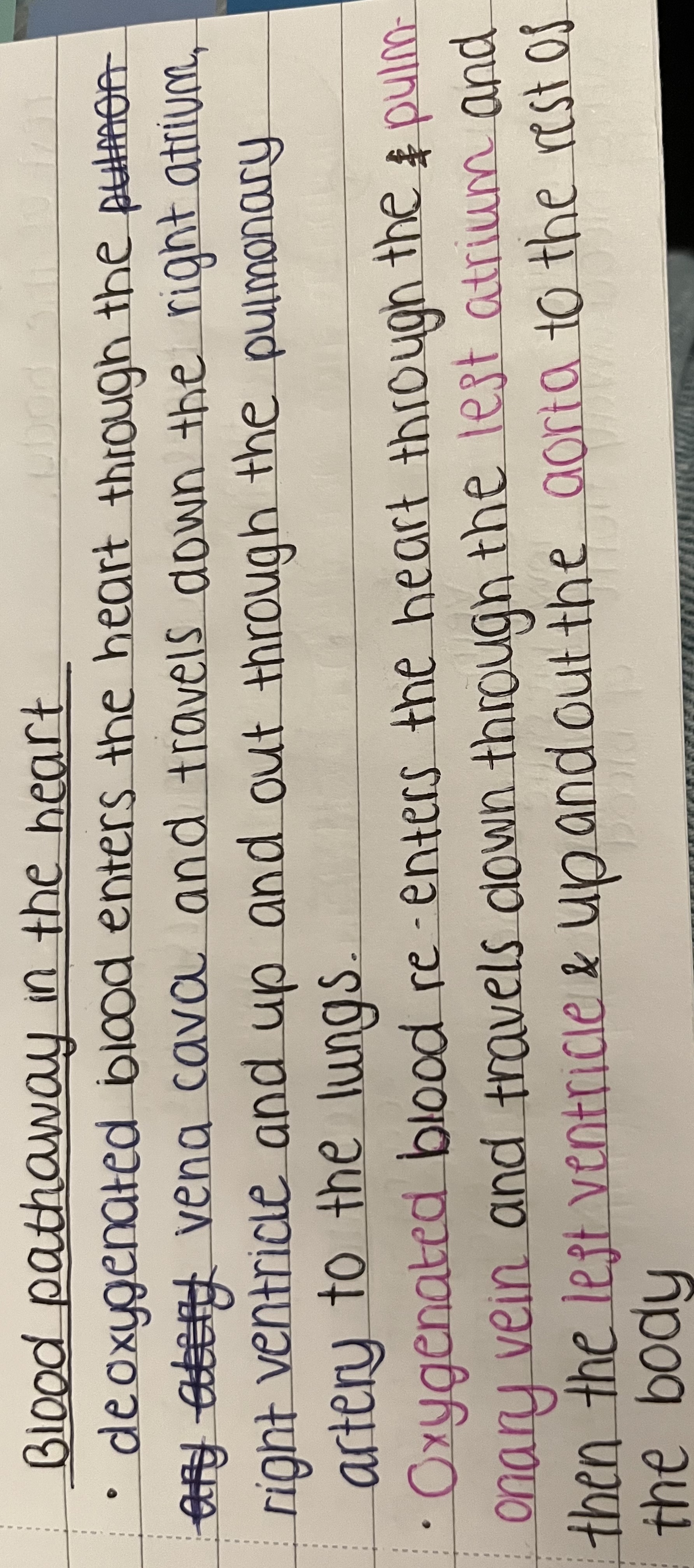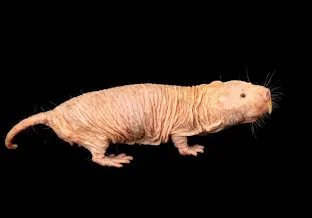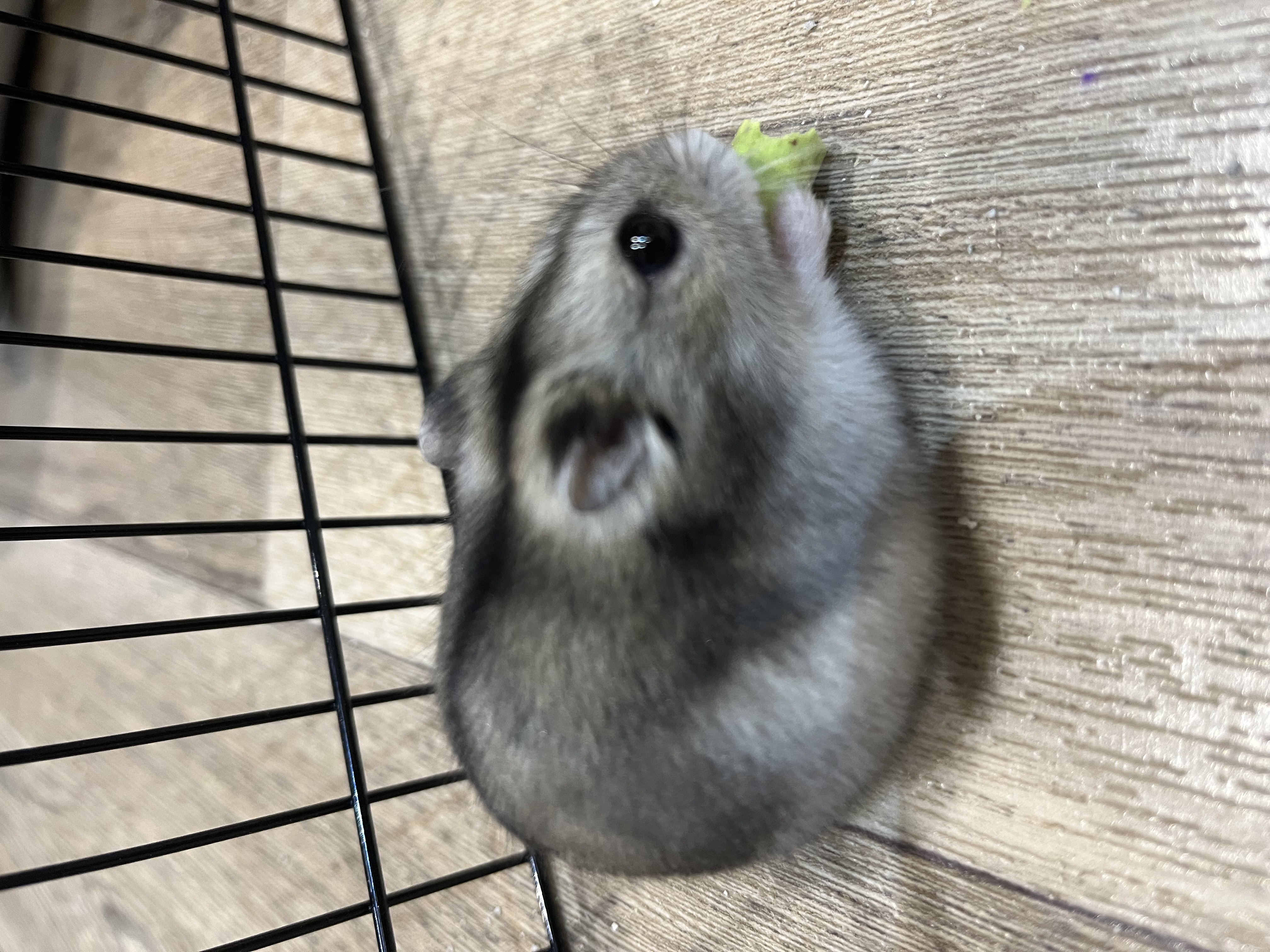Yr 10 mocks - Biology
1/104
Earn XP
Description and Tags
Name | Mastery | Learn | Test | Matching | Spaced |
|---|
No study sessions yet.
105 Terms
Cell membrane
protects cells and transports things in and out of the cell
Nucleus
controls the activities of the cell and contains chromosomes
Mitochondria
Where most energy is released through respiration
Ribosomes
Tiny structures where protein synthesis occurs
Cell wall
maintains cells shape and is made of celluose
Chloroplasts
Trap light energy used for making sugars by photosynthesis
Vacuole
Large cavity filled with cell sap
Cytoslpasm
where most chemical reactions take place
What is a prokaryotic cell?
a simple cell that lacks a nucleus and other organelles
What is a eukaryotic cells
complex cells that contains a nucleus and other organelles
Differences between eukaryotic and prokaryotic cells
prokaryotic contains dna outside the nucleus but eukaryotic contains dna inside the nucleus
eukaryotic cells are bigger than prokaryotic cells
How to use a microscope in 6 steps
take a glass slide and place your specimen on it
Add a drop of water or stain to your specimen
Place the cover slip on your slide
Place your slide on the stage in the lowest magnification object lens
Look through the eye piece lens and focus on the specimen using the coarse focussing wheel
change the objective lens for a higher magnification and refocus
Why are electron microscopes used in biology?
Have a higher resolution and magnification than light microscopes but are more expensive
Specialised cells
cells that have been differentiated to carry out specific functions
for example
red blood cells -biconcave disk increases surface area so more oxygen can be carried
root hair cells - large surface area increases rate or absorption or water and minerals
What are tissues, organs and organ systems made from?
Tissues - a group of specialised cells
Organs - tissues that work together to do a particular function
Organ systems - organs that perform particular functions
Precautions to take when growing microbes
Boil agar - kills bacteria
Flame inoculating loop - sterilises it
Tape down the lids of the petri dish - stops bacteria in air from contaminating the plate
Incubate at 25 degrees - stops human pathogens from frowning
Store upside down - stops condensation dripping and disturbing microbe growth
Chromosomes key facts
Found in the nucleus of eukaryotes
Made out of DNA that can be separated into genes that determine our characteristics
How does a cell divide by mitosis?
The cell replicates their DNA and makes 2 copies every chromosome and every sub cellular organelle
One set of chromosomes push to the other end of the cell as the other until the nucleus divides
the cytoplasm and cell membrane divide to form 2 new identical cells
Stem cells deffinition
undifferentiated cells that continue dividing and can be used to treat lukemia and grow organs for transplants
adult stem cell vs embryonic stem cell
embryonic : can develops into almost any cell in the body but the embryo is killed
Adult : no killed embryo but cannot adapt into as many cells and it takes longer
How can stem cells be used to clone plants?
cut meristem tissue sample off plant
plant it in an agar plate to grow into tiny platelets
plant platelets into compost and the clones will grow and be genetically identical to the original plant
Define diffusion
the spreading out of particles in a gas or any substance in a solution
What factors affect the rate of diffusion?
concentration gradient (the larger difference in concentration, the faster the rate of diffusion)
temperature (higher temps = faster rate)
surface area (bigger surface area = faster rate of diffusion)
examples of discussion in plants or animals
gas exchange in lungs or co2 diffusing into leaves
Osmosis
the diffusion of water across a partially permeable membrane, this makes the cells/tissue bigger and rigid
what affect does osmosis have on cells
water moves into cells
the vacuole swells
the cytoplasm is pressed against the cell wall
the cell becomes rigid
plant becomes rigid
active transport
active transport is a process when substances move across a partially permeable membrane against the concentration gradient
differences between diffusion and active transport
active transport = requires energy and travels against concentration gradient
diffusion = no energy needed energy and travels with concentration gradient
Examples of active transport
sugars into blood
minerals from so into root hair cells
What are enzymes and what are they made out of?
biological catalysts
made from proteins
describe the lock and key theory
substrate fits perfectly in to the active site of the enzyme
substrate splits once the enzyme catalyses the reaction and both parts leave the activation site
enzyme is ready to use again
enzyme reactions can be affected by …
temperature- too hot or too cold causes them to denature
ph - to high or to low they denature meaning the substrate no longer fits into the active site
what happens when an enzyme denatures?
the reaction stops
Amylase
found in salivary glands, pancreas and small intestine and turns starch into sugar
Protease
found in stomach, pancreas and small intestine and turns proteins into amino acids
lipase
found in small intestine and pancreas and turns lipids (fats) into fatty acid and glycerol
use of hcl in stomach
breaks down food and kills bacteria
use of bile in digestion
produced in liver and stored in gall bladder
neutralises the stomach acid as not to damage small intestine
emulsifies fats for enzyme digestion
Blood pathway in the heart

what are the 4 main blood vessels attached to heart
pulmonary artery
pulmonary vein
vena cava
aorta
differences between 3 main types of blood vessels
artery - carries blood away from heart at high pressure. small lumen and thick elastic walls
vein - carries blood towards the heart at low pressure, valve to stop back flow of blood, large lumen and thinner walls
capillaries- carry blood through the organs and exchanges o2 and co2 with cells
what are the roles of the 4 major components of blood
red blood cells - carry o2 to all organs
white blood cells - form part of the bodies defence system against microorganisms
platelets - help blood to clot
plasma - carries nutrients, hormones and proteins to the parts of the body that need it
What is the cause of coronary heart disease?
build up or fatty deposits in the coronary artery usually affected by smoking, a fatty diet, obesity, lack of physical activity and genetics
what and where is the hearts natural pace maker?
the upper part of the right atrium and continuously generates electrical impulses setting a normal rhythm and rate.
stents
mesh tubes inserted into coronary artery to widen artery by pushing fats to the side. involve a minimally invasive operation
statins
pills that thin blood and lower cholesterol with involve no operation but you have to take the pills for life
Health definition
state of physical and mental wellbeing and can be affected by both communicable and non communicable factors
examples of communicable causes of disease
pathogens, viruses, bacteria, coughing and sneezing
examples of non communicable causes of disease
lifestyle, smoking, diet, exercise, stress, genetics
why are malignant tumours cancerous
cells can break off and spread to different parts of the body though the blood stream and form secondary tumours
state 2 factors that can cause cancer
smoking and diet/weight/physical activity
pathogens
microbes that cause disease, including bacteria, viruses, protists and fungi
how do pathogens spread
they can be airborne, through food animals or through contact
How do pathogens cause disease
They invade host cells and reproduce/replicate themselves causing the cells to burst and spread to infect other organisms
symptoms of measles
(a viral disease) causes a fever, red rash and if not treated blindness, brain damage and fatal complications
symptoms of HIV
(a viral disease) flu symptoms and can lead to AIDS which kills the immune system
Symptoms of Tobacco Mosaic Virus
(a viral disease) mosaic pattern in leaf and the plant does not photosynthesise
Rose black spot symptoms
(a fungal disease) the leaves fall early and weaken plant by reducing area for photosynthesis
Malaria symptoms
(a protist disease) episodes of fevers and shaking. can be fatal
symptoms of salmonella
(a bacterial disease) cramps, fever, vomiting and diarrhoea
Symptoms of Gonorrhoea
causes yellow discharge from penis/vagina and pain when urinating
Phagocytosis
A phagocytes (type of white blood cell) moves towards pathogen
The phagocyte engulfs the pathogen
The phagocyte digests the pathogen and the pathogen diffuses inside the phagocyte.
The phagocyte then moves towards another pathogen and the process repeats
Lymphocytes
Type of white blood cells that produce specific antibodies to bind to the antigens in the pathogens surface. this causes microorganisms organisms to clump together so they are easier to digest by phagocytosis
The bodies non-specific defence
Skin - barrier, blood clots form in open wounds
Stomach - HCL destroys pathogens in food
Eyes - release enzymes in tears
Nose/throat - mucus traps and removed pathogen via coughing/sneezing
What are vaccines?
an injection containing a weakened or dead pathogen. this makes our bodies produce antibodies to destroy the pathogens in the vaccine. memory cells in our body remember how we did that so if we ever get the real pathogen we can produce antibodies much faster and in much bigger numbers meaning the pathogens are killed before you even feel ill
Why do antibiotics only work on bacteria not viruses
viruses are not alive and not made of cells and are hard to get to as they live inside our cells
why shouldn’t antibiotics be used to treat everything?
over time through mutation and selection, bacteria can develop defense mechanisms against the antibiotics
describe the process involved in testing a new drug
drug is tested on computer models and human cells grown in lab
drug tested on animals
drug tested on healthy humans (clinical trial)
tested on volunteers with the illness
tested on larger number of volunteers to monitor side affects, dosage and effectiveness
drug is approved and can be prescribed
Homeostasis definition
The maintenance of a constant internal environment and maintaining optimum conditions for enzyme action
Nervous system deffinition
the system that allows our bodies to respond to changes in the environment
How does the nervous system work
a the stimulus is detected by receptor cells in our sense organs
The coordinator (the CNS) coordinates the bodies response to the stimulus
The effector brings about the response (eg muscles contract or glands secrete)
Response
What is the cns and what is it made from
the central nervous system which consists of the brain and spinal cord and 3 neurones: sensory, relay and motor
What do sensory neurons do?
send electrical impulses from receptor cells to relay neurons
What do relay neurons do?
Send electrical impulses from sensory neurons through the CNS to motor neurons
What do motor neurons do?
send electrical impulses from the CNS to an effector (muscle or gland)
What happens at a synapse?
Chemicals called neurotransmitters diffuse across the gap and continues along the gap to another neurone
What are reflex actions
rapid involuntary movements which help with survival of an organism/prevent further damage to a particular area.
In a reflex action, the pimple does not need to do as far as the brain and instead goes to the spinal cord
Reflex arc
the stimulus
the receptor cells
sensory neurons
synapse
relay neurons
(CNS)
synapse
motor neuron
effector
response
Reaction time practical
collection a 1m ruler and a blind fold
the subject sits at the table with dominant hand over the edge
the partner holds the ruler vertically above their fingers
without warning they drop the ruler and measure where there subject caught it
repeat 4 more times
(for auditory reaction time) repeat 1-6 bit say release and blind fold subject)
(for tactile reaction time) repeat 1-6 but tap non dominant hand before letting go


What is the endocrine system
A system made up of glands which secrete hormones into the blood stream
What are the glands and what do they produce
Pituitary- fsh, tsh, adh
Thyroid- thyroxine
Adrenal gland - adrenaline
Pancreas- insulin and glucagon
ovaries/testes - oestrogen/testosterone
What does thyroxine do?
regulates metabolic rate
What does adrenaline do?
heart rate and breathing increases
glycogen in liver turns into glucose for respiration
pupils dilate to let in more light
increase blood flow to provide more oxygen and glucose to limb muscles
mental awareness increases
Explain how thyroxine is controlled by negative feedback
too little thyroxine are detected by brain which causes the pituitary gland to release more tsh which stimulates production of thyroxine in thyroid gland. i too much thyroxine is then detected by the brain and the levels of tsh fall to reduce thyroxine
Explain how the body uses glucagon and insulin to maintain blood glucose levels
If there is too much glucose in the blood the pancreas detects this and insulin is produced to move glucose to liver and muscle cells where it is stored as glycogen. If there is too little glucose in the blood the pancreas detects it and releases glucagon which is transported to liver where it converts glycogen to glucose which is then diffuses into the blood stream
Causes and treatments of type 1 diabetes
When the body produces no/too little insulin the blood glucose level can become very high (this can be genetic)
This is treated by insulin injections/pump of insulin
Causes and treatments of Type 2 diabetes
This happens when the body doesn’t respond to its own insulin. This is normally treated by eating a balanced diet and exercising
role of testosterone
stimulates sperm production, deeper voice, facial hair, muscle growth
role of oestrogen
stimulates development of uterus lining, starts menstrual cycle, breast develop, hips widen, body hair
role of FSH in menstrual cycle
causes egg to mature
Role of LH in menstrual cycle
stimulates the release of the egg at ovulation
Role of oestrogen in menstrual cycle
stimulates build up and maintenance of uterus lining
role of progesterone in menstrual cycle
maintains the lining of the uterus for 10 days
How does IVF work?
FSH and LH are used to stimulate egg release
Eggs are collected from the woman and fertilised by a sperm in a lab
Embryos are grown and then 1 or 2 are implanted into the woman’s uterus
Cons of IVF
expensive, mentally and physically stressful, low success rate, risk of multiple births (risky for mum and babies)
Advantages/ disadvantages and examples of hormonal contraceptives
The pill, injections, patches - very effective as they contain oestrogen and progesterone and inhibits FSH production to prevent ovulation
must remember to take them
Advantages and examples of non hormonal contraceptives
Condoms, diaphragm, abstinence - less side affects but less reliable
How do auxins bend shoots towards light
There are more auxins on the shaded side of the plant which causes cells to grow there more so that side becomes longer, causing the plant to bend towards to light
How do auxins bend shoots downwards
There is more auxin on the lower side of the root meaning the plant grows less on that side. This means the roots bend downward with gravity